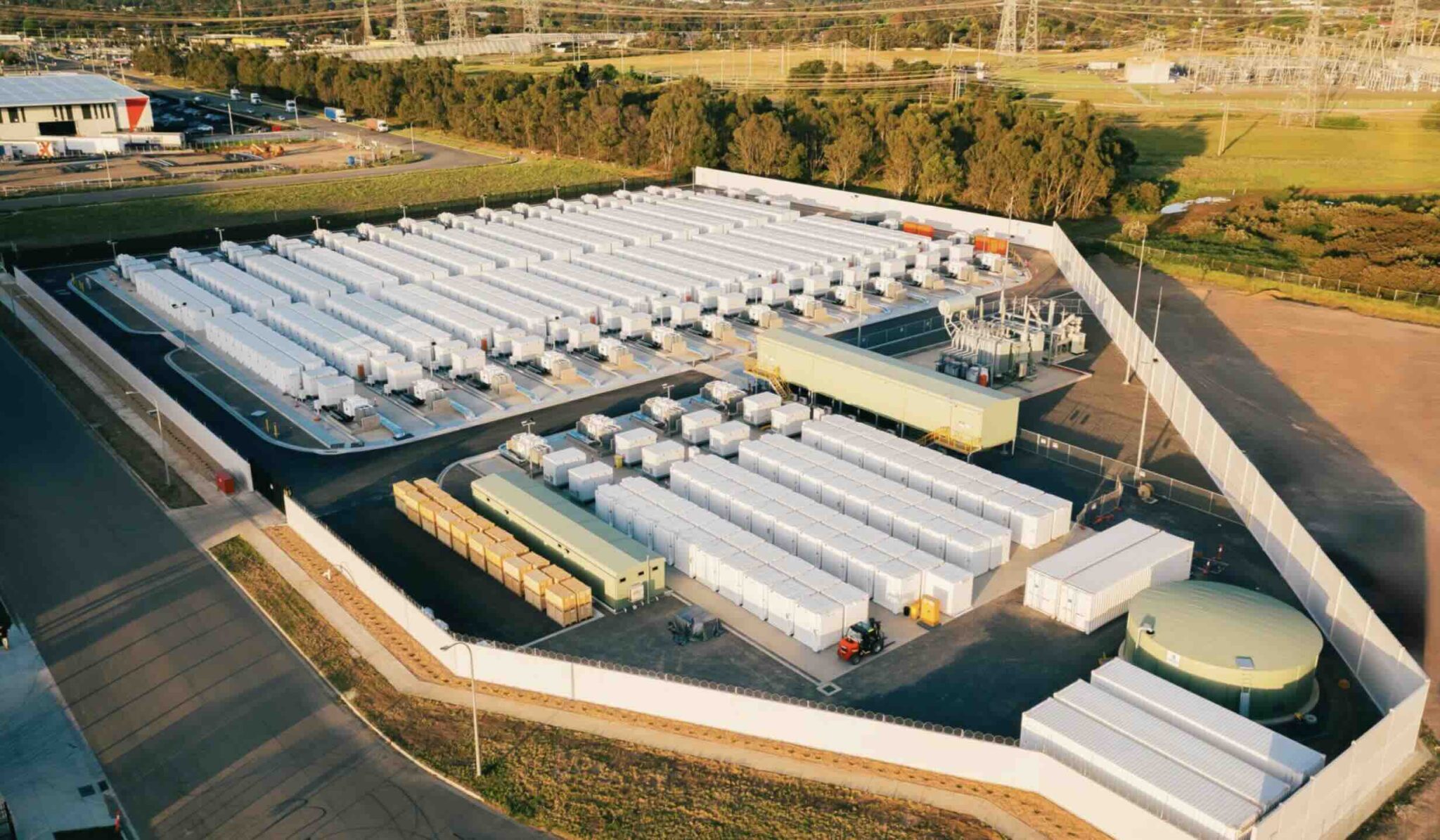Victorian batteries set new charge and discharge records

Two new records over the weekend mark the continued evolution of energy storage in Australia’s main grid, known as the National Electricity Market.
The new records were both set in Victoria, one for the charging of batteries, and one for the discharging. They highlight a structural shift in the operations of the grid – batteries are now deeply embedded in Victoria’s daily operations.
The first record was the maximum instantaneous battery discharge in Victoria, which reached a new peak of 693.5 MW at 5.40pm on Saturday, in the evening peak. The record was up from the previous high 616.5 MW at 6pm on May 15, and was 70 per cent higher than the record a year ago of 409 MW – set in October, 2023.
The second record came the following day, and was the highest instantaneous battery charge of 612.0 MW at 1.05pm, in the middle of the day’s solar peak. This compared to the previous record of 594.4 MW set at noon on May 13, and to the year ago record of 424 MW on May 5.
Both there occurred during moderate 1-hour price spreads (see comment) — approximately $180/MWh — and reflect how storage is being routinely deployed to manage arbitrage and firm supply.
A few reflections:
– Patterned Response: Charging in the middle of the day and discharging into the evening shows how storage is responding to daily renewable output and price signals.
– Complementary Role: On Saturday evening, batteries discharged alongside hydro and gas, reinforcing the growing role of batteries as part of the flexible supply mix.
– Underlying Constraint: Some utility renewable generation was still curtailed during daylight hours, suggesting more room for responsive load or coordinated scheduling.
These records didn’t catch us by surprise. But they do underline the importance of continuing to invest in flexible load, storage, and dispatchable generation that can respond when nature surges or stalls.
Wind and solar can’t always be stored at the moment, but their patterns can be predicted. A grid that learns to work with those patterns — not against them — is a grid that will stay both stable and sustainable. Something worth aiming for.
More information: https://reneweconomy.com.au/victorian-batteries-set-new-charge-and-discharge-records/


